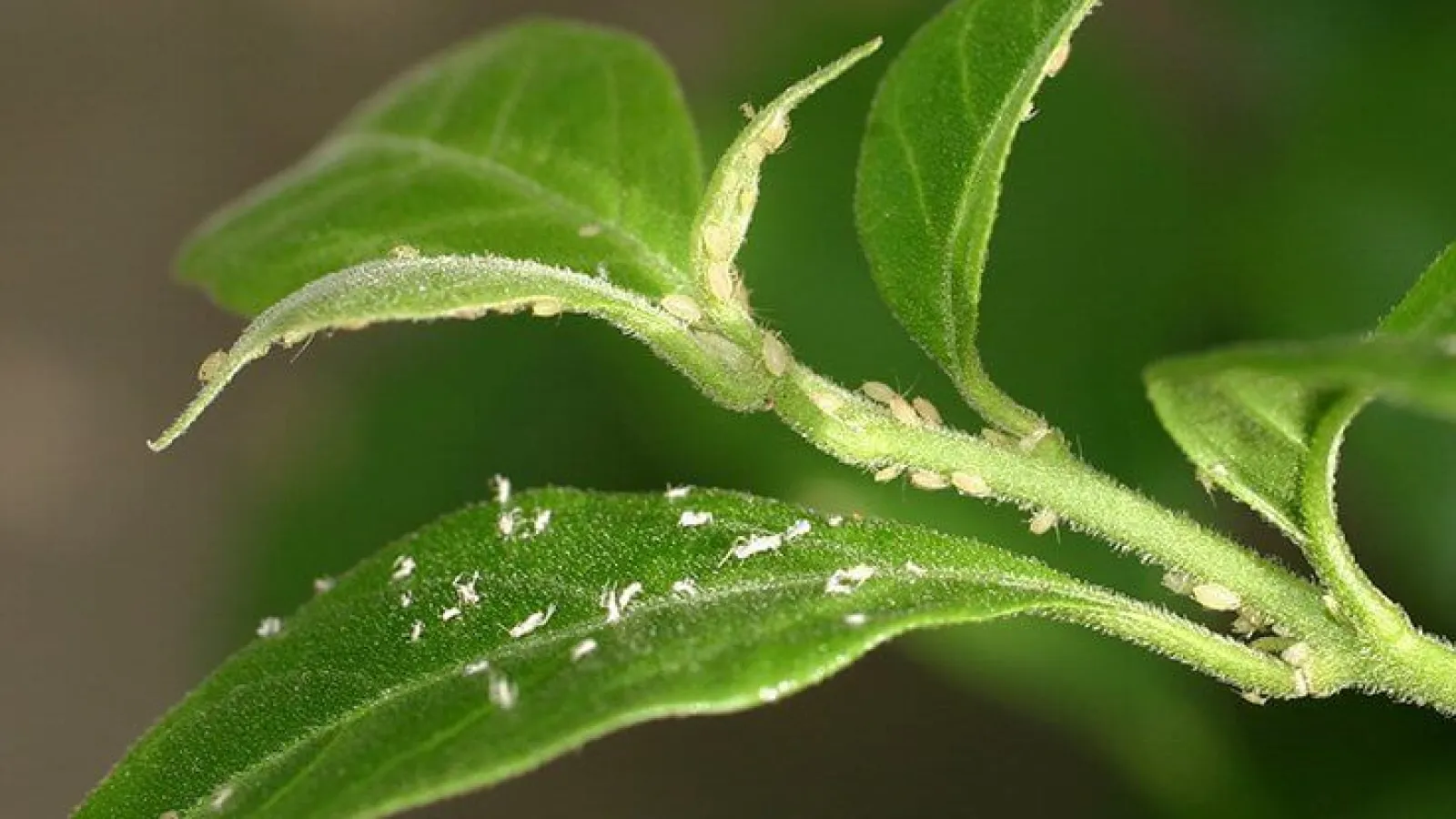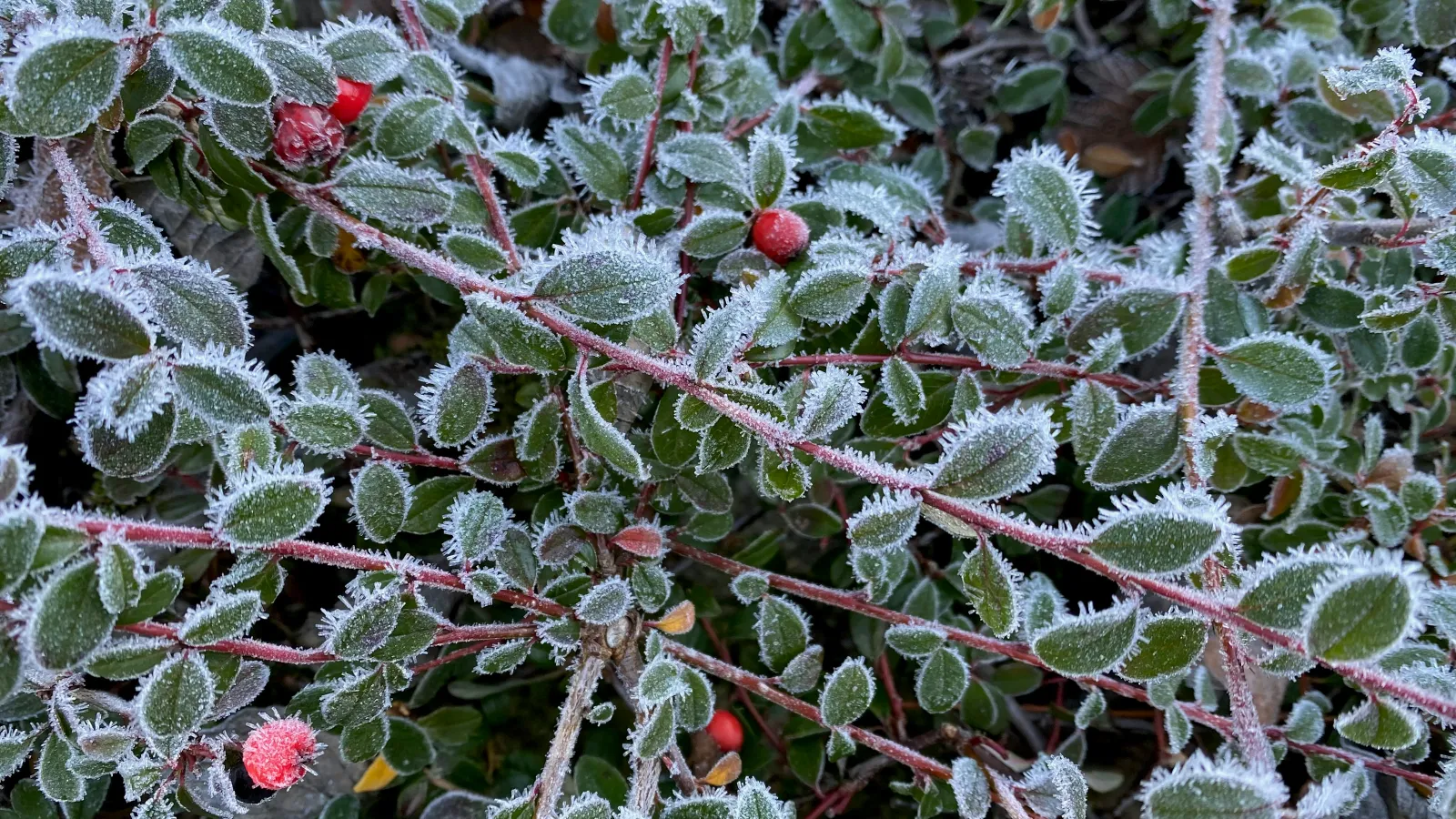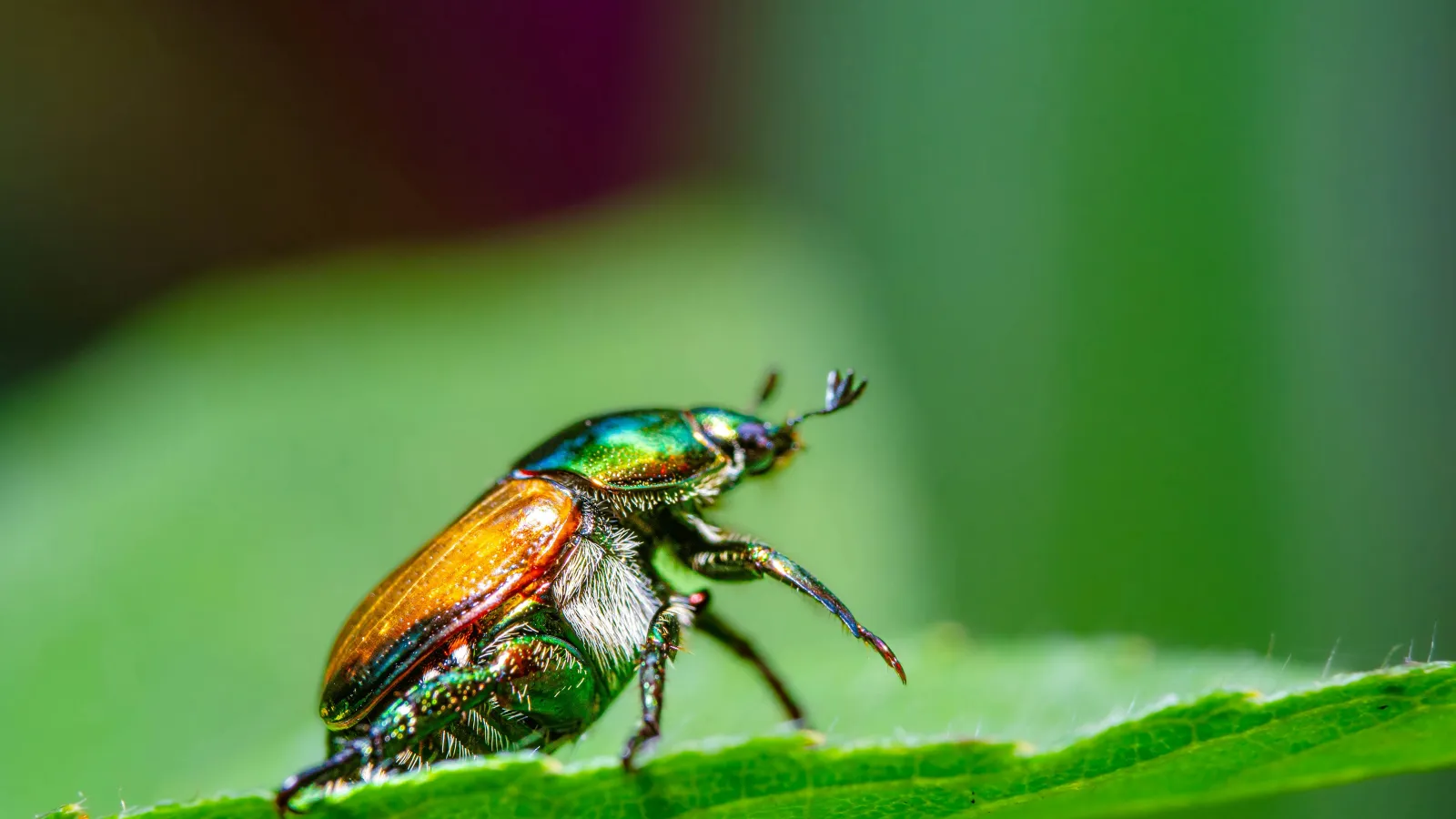
Common Shrub Insects: Aphids & Lace Bugs
There are a variety of insects that can attack your shrubs. Two common insects that can find their way into any landscape are aphids and lace bugs. If you notice the health of your shrubs starting to decline, you may have an aphids or lace bugs issue.
What do Aphids Look Like
Aphids are tiny, soft bodied insects that attack plants by using a piercing and sucking mouthpart to suck nutrient-rich liquids from the plant. They tend to congregate on the new growth and the underside of leaves where they will amass in large numbers over time.
They measure 1/16- ⅛ inches in length. Some have wings and others do not. Aphids can be green, yellow, orange, red, black or white in color, and are often nearly invisible to the naked eye.
The general health of your plants may deteriorate, including yellowing, curling and wilting of the plant leaves, in the presence of aphids. The insect excretes a sweet, sticky honeydew which attracts ants and causes sooty mold to develop. Sooty mold is a black colored mold growth that covers the stems and leaves making an ugly appearance that is quite noticeable. Aphids can be found on many shrubs including roses, crepe myrtles, viburnums, euonymus, hawthorns and pines, to name a few.
How To Get Rid Of Aphids
There are some ‘DIY tricks’ for getting rid of aphids.
- Spray cold water on the leaves. This can sometimes dislodge them from the plant.
- Dust plants with flour. It constipates the pests.
- Wipe or spray the leaves of the plant with a mild solution of water and a few drops of dish soap. Apply the mixture every 2-3 days for about 2 weeks.
The most effective way to prevent or resolve an issue with aphids and lace bugs is to hire a professional for tree & shrub care.
What Are Lace Bugs
Lace bugs are common pests of azalea, rhododendron, sycamore, broad-leaved evergreens and many deciduous trees and shrubs. Though they cause no real harm, when present in high numbers, they can be a major problem.
But if you suspect a lace bug issue, you better get out your magnifying glass. They are only about ⅛ inches long and when you look at them under magnification, you’ll see where they get their name–their transparent wings look like lace.
Lace Bug Damage
Lace bugs can cause the leaves to be bleached or bronzed and cause the plants to poorly grow and bloom. Both adults and nymphs cause damage by sucking sap from the undersides of leaves. If you have severe damage, it can take some time for the plants to recover.
How to Control Lace Bugs On Azaleas
Some say spraying them off the plant with water works and there are some DIY tricks for getting rid of lace bugs. Often times however, professional treatment using conventional pesticides is the most effective means of control.
Turf Masters Can Help
Turf Masters’ year round tree & shrub care program includes fertilizer for healthy, bright blooms; insecticides, fungicides and miticides help prevent damage from common insects; and horticulture oil to smother overwintering insects and eggs. Contact us today to learn more about aphids and lace bugs and how we can help.
Photo credit: Gardners.com

